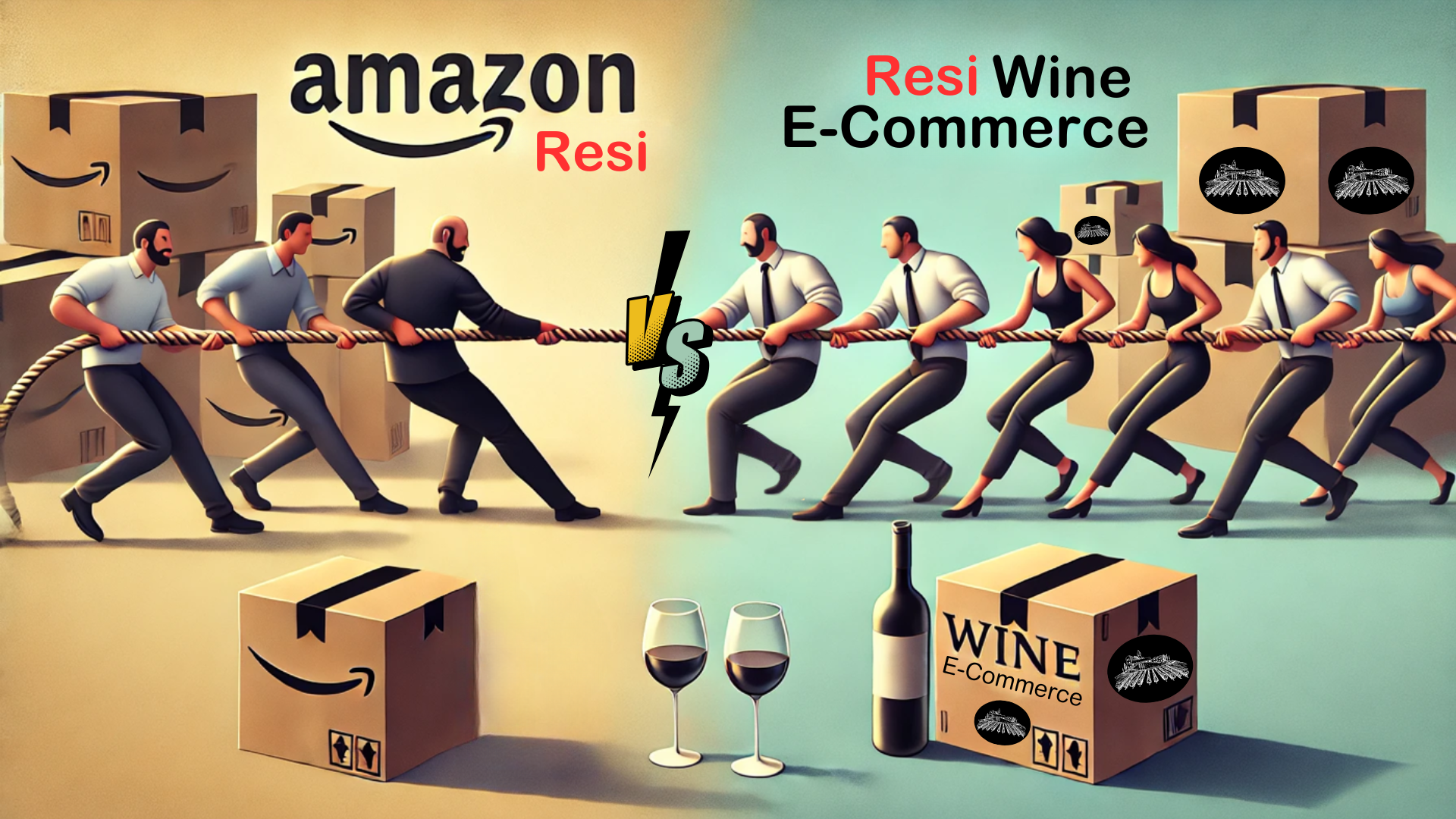On Amazon, returns are the norm: more than 17 percent of online purchases are returned, with peaks exceeding 30 percent in areas such as fashion. In the world of wine, however, this reality does not exist: returns are virtually nonexistent.
But why this marked difference? And how can wineries exploit this uniqueness, in a world where e-commerce is gaining more and more ground, to provide a flawless shopping experience and build a trusting relationship with their customers?
How many returns are there in the wine industry?
In our experience, returns for unsatisfactory purchase are extremely rare: they account for less than 0.01% of orders. Most returns occur because of product damage in transit. In these cases, in 99% of situations, customers prefer to receive a new shipment rather than a refund.

Why are returns in wine different from Amazon’s?
The very nature of wine makes returns significantly different from other products sold online:
- Perishability: Wine is a product that is sensitive to storage conditions such as temperature, humidity and light. A return carries risks of damage that the buyer is unlikely to take.
- Complex logistics: Wine requires specific packaging and specialized transportation to ensure product integrity, making the return process burdensome and complicated.
- Purposeful purchases: People who buy wine, especially from abroad, make a thoughtful choice based on product knowledge or careful research, reducing the risk of dissatisfaction compared to impulse purchases.
Customs issues: Wine, being subject to international regulations, requires scrupulous customs management. In the case of returns, the management of excise taxes, duties and import/export regulations can be an additional obstacle, increasing costs and management time for wineries.
How to manage wine returns strategically?
Although returns are a rarity, it is critical to know how to handle them efficiently to strengthen customers’ trust in the brand and maintain an excellent level of service.
When is a return not accepted?
Not all returns may be approved. Here are some instances when they may be rejected:
- Broken seal or open bottle: An opened wine is not returnable.
- Improper storage: Damage resulting from improper storage conditions by the customer.
- Subjective reasons: Complaints related solely to personal taste or differences in expectations.
For disappointing purchase
- Report: The customer indicates an intention to make a return.
- Case Evaluation.: It is checked whether the request is justified; if so, the return is approved.
- Specialized Transportation: Returns are paid for by the customer, ensuring that the product is handled properly.


For damage
- Reporting: Often the damage is reported by the carrier; in other cases the customer reports the problem.
- Intervention: The customer is asked whether they would like to receive the product again or prefer a refund.
- Solution: A replacement or refund is made.
Retaining customers to reduce returns
Offering targeted recommendations on the site and sending personalized suggestions facilitates customer choice, reducing the risk of dissatisfaction. Each bottle delivered represents an opportunity to establish a lasting relationship with the customer, eliminating the risk of return and increasing the likelihood of repurchase.

Conclusion
For wine e-commerce, returns should be the exception, not the rule. By focusing on quality sales, transparent policies and efficient customer support, wineries can turn every sale into a lasting relationship. However, adopting clear policies is not enough; accurate document and customs management is essential. Customs problems, in fact, can pose a far greater risk than a simple return, with serious consequences such as fines, delays or blockages in distribution.




